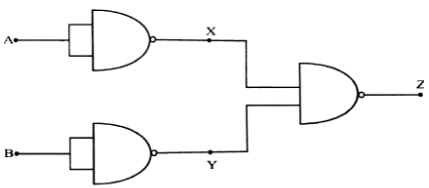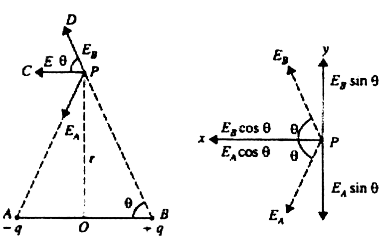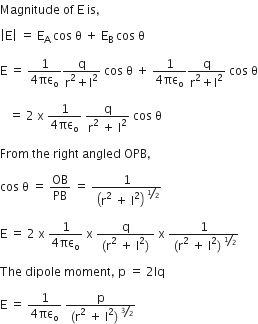 Short Answer Type
Short Answer TypeA sinusoidal voltage e = e0 Sin (wt) is fed to a common emitter amplifier. Draw neatly labelled diagrams to show:
(i) Signal voltage
(ii) Output voltage of the amplifier.

 Long Answer Type
Long Answer Type


Electrons, initially at rest, are passed through a potential difference of 2 kV. Calculate their:
(i) Final velocity and
(ii) de Broglie wavelength.
